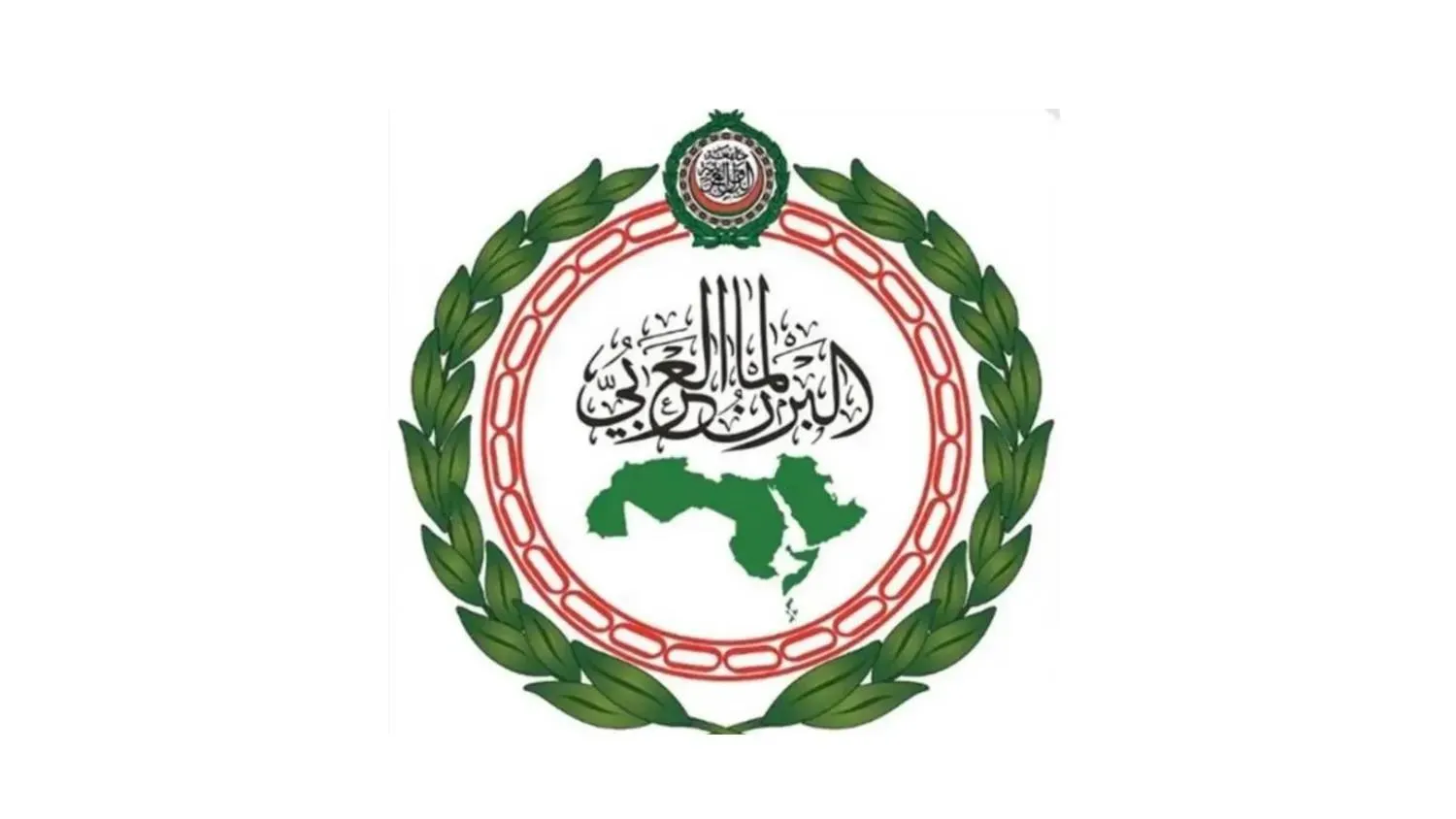Five dangerous prisoners escaped from Tunisia's Mornaguia jail on Tuesday, according to an official statement.
The Interior Ministry released the photos and names of the inmates, calling on citizens to provide any information they have to prevent "terrorist acts."
Judicial sources confirmed to Asharq Al-Awsat that the escapees are among the most dangerous detainees held in recent years for their involvement in terrorist cases.
They were convicted in cases linked to figures affiliated with the Ansar al-Sharia terrorist organization, al-Qaeda, and armed terrorist organizations in the Maghreb, Sahel, and Saharan African countries.
The prisoners were serving sentences ranging between life and hard labor. They were found guilty in the assassination of leftist politicians Chokri Belaid and Mohamed Brahmi in 2013.
Lawyers and journalists, who previously visited Mornaguia prison, told Asharq Al-Awsat that they were surprised by the escape, given its maximum-security measures, including placing every dangerous prisoner in a solitary cell.
Rumors claimed that the prisoners had sawed off the iron grilles of the cells. The authorities have not yet confirmed nor denied the claims.
However, Tunisian lawyers, human rights activists, and media professionals confirmed to Asharq Al-Awsat that a prisoner on the loose would need to get past at least seven doors before reaching the outer gate.
They noted that the whole prison is monitored by advanced systems and is located several kilometers away from residential areas.
Journalist Sarhane Chikhaoui, who previously visited the facility for work, revealed that it is difficult for anyone who escapes the prison to reach any location before being detected by the security cameras or guards.
Former presidential media and academic advisor Tarek Kahlaoui believes the investigations “could reveal a conspiracy against Tunisia's security in response to President Kais Saied's principled positions on the Palestinian cause and the current war in the Gaza Strip.”
Mornaguia Prison, located 20 kilometers west of Tunis, is the country's largest prison. It was constructed under the rule of former President Zine El Abidine Ben Ali, according to international specifications, and with international financial and technological support.
The prison holds thousands of detainees and prisoners involved in public rights crimes and accused of conspiring against state security. Among the detainees are military and security personnel and leading figures from several leftist, liberal, and Islamic parties, including head of the Ennahda party Rached al-Ghannouchi, Issam Chebbi, Reda Belhaj, and Ghazi Chaouachi.
However, the majority of the prisoners are awaiting their appeals or retrial.
Six months ago, Borj Erroumi prison also witnessed an attempted escape of several dangerous criminals who planned to dig a tunnel under the jail. The guards uncovered the plot, according to the press, in late April and early May last year.
Dozens of prisoners escaped from the same prison in the last hours of Ben Ali's rule in January 2011, taking advantage of the security and administrative chaos. The guards were unable to control the situation after several prisoners set fires in several areas in the facility.
The recent escape is "very rare," according to a report by the Ministry of the Interior, which pledged to follow up the file.
Tunisian prisons have been under the supervision of the Ministry of Justice for ten years.
The Ministry has not yet issued any official clarification about the latest escape.







